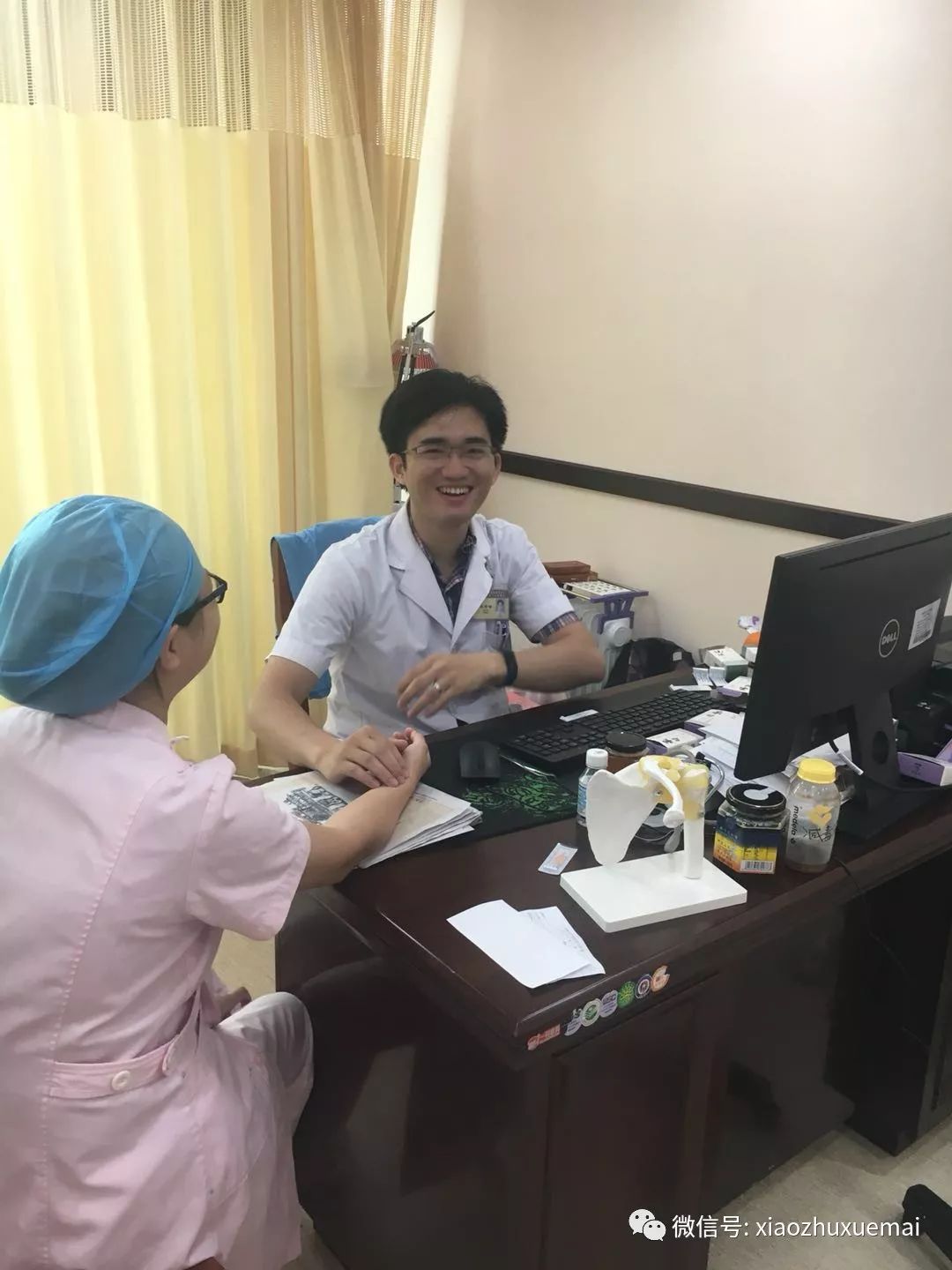
Fine Pulse: The pulse is formed by the dual energies of Yin and Yang. Yin energy is responsible for support and nourishment, while Yang energy governs outward expression and warmth. When the pulse becomes as fine as a hair, it is necessary to consider various factors. It may indicate a deficiency of Yin energy, or an invasion of cold pathogens directly affecting the three Yin channels, which constrains Yin energy, leading to a loss of support and nourishment, resulting in a fine pulse. It may also indicate a deficiency of Yang energy, where the pulse loses its outward force and becomes fine. Additionally, dampness may obstruct the meridians and joints, causing the pulse to become fine. The treatment for these three conditions generally involves tonifying the middle and benefiting Qi while also addressing the balance of cold and heat.
What is Daoism?
In the past, I hoped to reach a state of “expressing the Dao through acupuncture,” but what is the Dao? It remains unknown. Ancient teachings state: “What is learned on paper is ultimately shallow; true understanding comes from personal experience.” Although I have yet to practice it, it is essential to have direction and to understand what Daoism is.
Daoism is divided into internal and external schools. The external school specifically refers to the alchemical practices of the Dan family, who seek to absorb external energy. Some use cinnabar and other medicinal materials to refine elixirs for consumption, supplementing tangible energy through external food, represented by the Shen Nong Ben Cao Jing (Shennong’s Classic of Materia Medica). Others seek special energy fields between heaven and earth to “steal” Qi, absorbing intangible energy, represented by the Huang Di Yin Fu Jing (The Yellow Emperor’s Canon of Yin Symbols), primarily through the perception of theft, with heaven as the father and earth as the mother, where the union of heaven and earth produces certain special intangible external energies. The external alchemists engage in this practice (though it may seem like they are “drinking the northwest wind,” the energy indeed exists). The internal school, on the other hand, focuses on the energy produced within the body. As described in the Li Yan Pian Wen, the five organs and six bowels are likened to the five mountains. In moments of joy, these mountains can produce elixir energy, and the human body also generates various energy clusters in a joyful state. Most people easily let go of this energy, but internal alchemists understand how to seize the opportunity to consume it. At this point, many may misunderstand, as past cults have exploited this joy to harm their followers. However, few can distinguish what true joy is. True joy arises in a state of purity; only in such a state can one enter a joyful state, and only by entering a joyful state can internal elixirs be produced. Internal alchemists are mainly divided into two schools: one uses techniques, numbers, and symbols to deduce human patterns, represented by the Zhou Yi Can Tong Qi (The Book of Changes and the Unity of Three), which applies logical reasoning in TCM, represented by Huang Yuan Yu. However, the essence of life is not derived from logical deduction; life manifests in diverse ways, leading to another school of internal alchemy that emphasizes experiential perception, represented by the Huang Ting Nei Jing Jing (The Classic of Internal Vision), which compares the heart to the Vermilion Bird and the kidneys to the Black Tortoise, completing the process of consuming internal elixirs through inner vision. The teacher especially advocates this experiential approach to internal alchemy.
The process of internal alchemy primarily revolves around two miraculous occurrences in the human body: one is breathing; the other is diet. Diet involves energy absorption through fasting; breathing follows a procedure: breathing → micro-breathing → fetal breathing. During breathing, the spirit guards one of three points (the tip of the nose, the navel, or the heel). Guarding the tip of the nose is best for those with unsettled minds in modern urban life, as it can stabilize the spirit and clear mental distractions. Guarding the navel is suitable for the general public, and after practicing for a period, the abdomen will gradually warm and soften, greatly benefiting health. Guarding the heel is the teacher’s most esteemed method, achievable only in a very tranquil state, and is not recommended for the average person to attempt lightly.
Daoism emphasizes the “dual cultivation of nature and life.” Nature refers to one’s character, thoughts, disposition, personality, and spirit; life refers to the body, life force, destiny, and material existence. In the mundane world, the energy one has painstakingly accumulated can easily be depleted by external temptations. Therefore, the teacher advises: “Cultivate nature in the mundane world, cultivate life in the deep mountains.”

